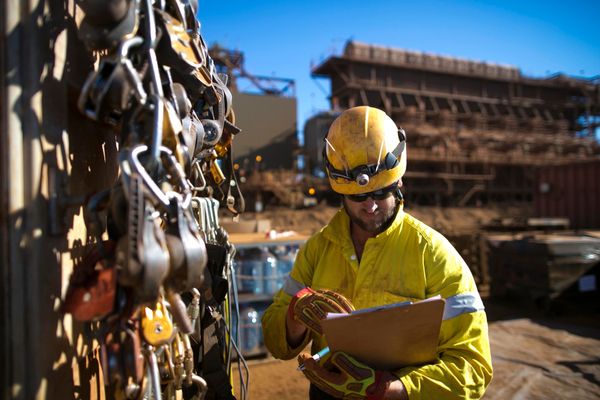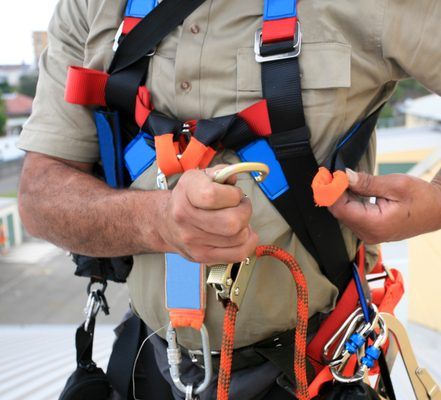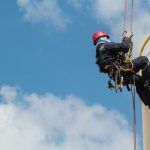
Results From Ontario’s Working At Heights Initiative
 In June 2018, Ontario conducted a province wide initiative to perform a blitz inspections on construction projects to ensure working at heights regulations and best practices in safety were being followed.
In June 2018, Ontario conducted a province wide initiative to perform a blitz inspections on construction projects to ensure working at heights regulations and best practices in safety were being followed.
The survey was done in response to the high number serious injuries or incidents that occurred while working at heights in Ontario. In 2017, inspectors issued 12,649 orders related to working at heights violations (about 35 a day) across Ontario. There were 66 critical injuries in the province, in addition to seven fatalities.
In this month long inspection blitz, they were looking to ensure all workers exposed to fall hazards had fall arrest systems installed and utilized to raise awareness of health and safety when working at heights, find violations, increase workplace compliance with law, and to prevent injuries or illness from unsafe work.
On site visits, inspectors were looking for:
- Workers are adequately training and given adequate instructions.
- Workers have a valid “Working at Heights” training history and certificate as required by this regulation.
- Fall protection systems are used properly.
- Complying with OHSA and its regulations in regards to construction projects.
- That managers take appropriate actions to reduce hazards in the workplace.
- Workers were educated on what actions to take in the event of a fall.
- Components are in good condition and regularly inspected.
Overall, inspectors made 788 field visits including 88 visits with support role activities. They reached 707 different construction projects resulting and issued 2,158 safety orders which included 191 stop work orders for serious offences. That is an average of 3.05 orders issued per workplace, or 2.74 orders per visit. The violations found were a mix of failures in personal responsibility, due diligence by mangers, or overall neglect towards safety as a team.
Some of the more common violations in regulations for Construction Projects and Occupational Health & Safety Awareness Training included:
- 10.1% of total orders were for failure to wear protective headgear
- 9.1% of total orders were for missing guardrails or protective coverings
- 5.2% for absence of fall protection when guardrails are not practical
- 4.1% of orders were for failure to provide a notice of project as required
- 3.8% orders for inadequate footwear
Of the 188 stop work orders:
- 91, or 48.4% were a serious contraventions in regards to lack of fall protection, inadequate fall protection, or lack of training. 36 credited to lack of training or non-valid training and 32 for inadequate guard-rails
- 37 orders for inadequate access or egress from the work site including poor ladders, ramps, stairs or their unsafe use.
- 43 orders issued for unsafe, improper, or poor use of scaffolds or work platforms.
- 17 orders for inadequate use of suspended platforms.
Conclusions
The main conclusion drawn from the inspection blitz is fall hazards are a key concern in construction projects still, and absent or inadequate training is an important contributor when violations were discovered. Managers and employers are encouraged to engineer solutions to eliminate hazards and be diligent in use of fall arrest systems. This responsibility should also fall on employees for being educated on how to ensure their co-workers and their own safety. You can read the full report here.

ADVANCED CONSULTING & TRAINING OFFERS CPO APPROVED WORKING AT HEIGHTS TRAINING
A safe work place is crucial and ensuring that you have the right safety procedures and policies for things such as WHMIS-GHS, first aid CPR, Competent Supervisor, and Working At Heights can create a great work environment that is safe and productive. Since Advanced Consulting and Training Ltd.’s founding, their diverse team of certified health and safety professionals have taken great pride in their ability to deliver prompt, cost-effective and relevant workplace health and safety solutions. As a CPO approved, TSSA accredited, and WSIB approved provider, we look forward to discussing how ACT can help with your company’s safety requirements. Contact us today for more information relating to safety consulting and courses such as:


